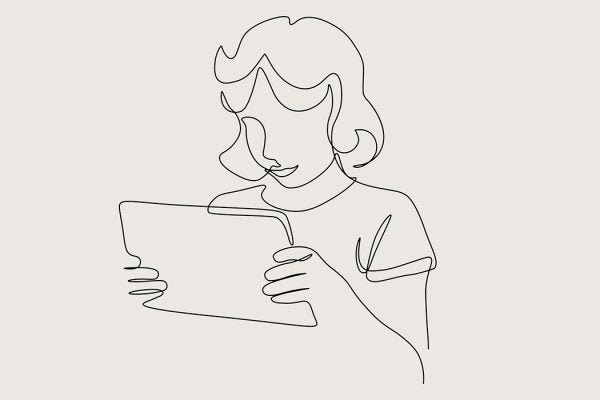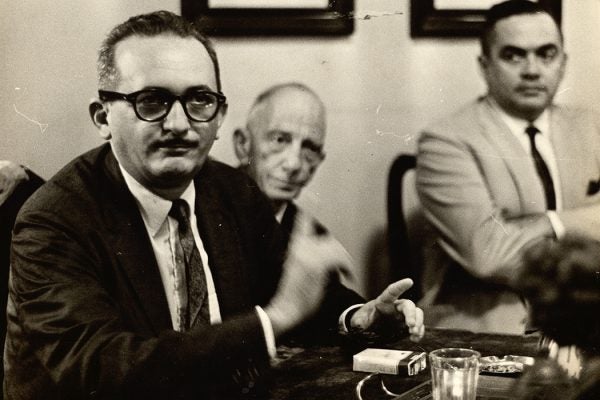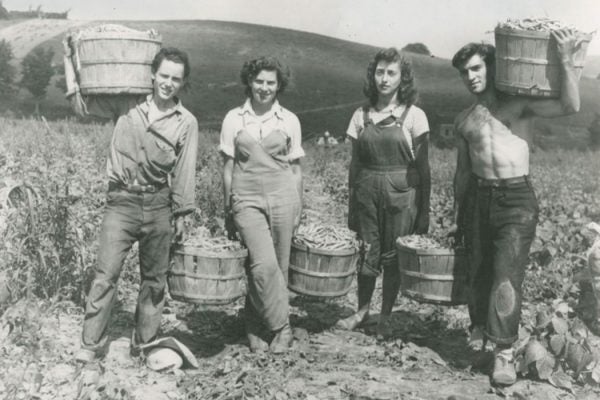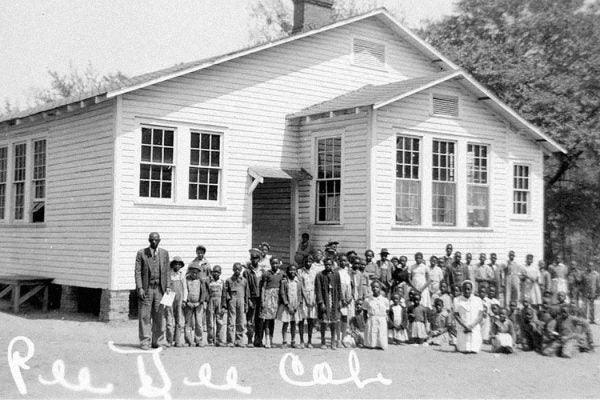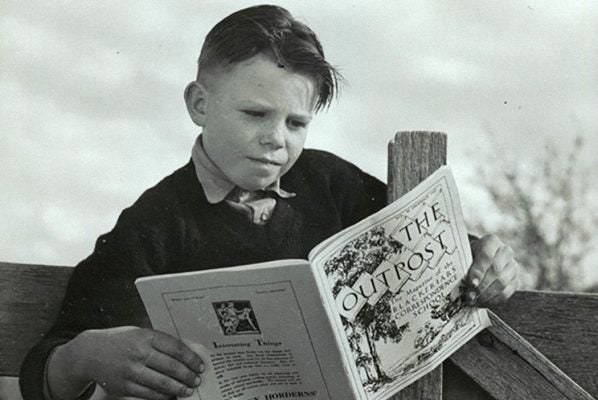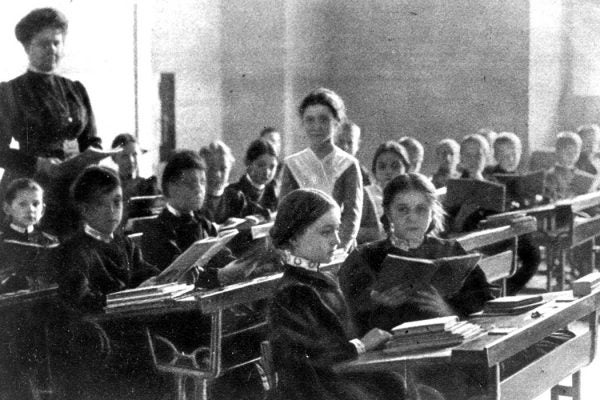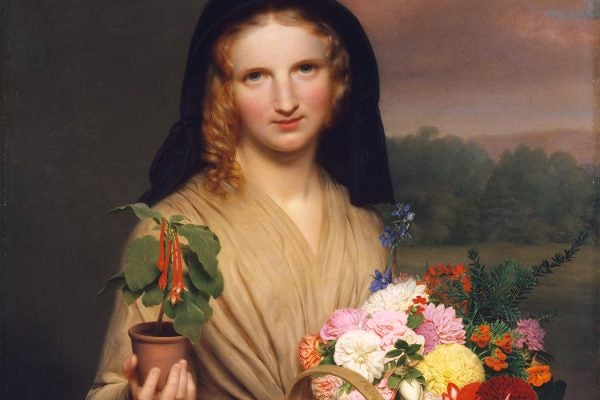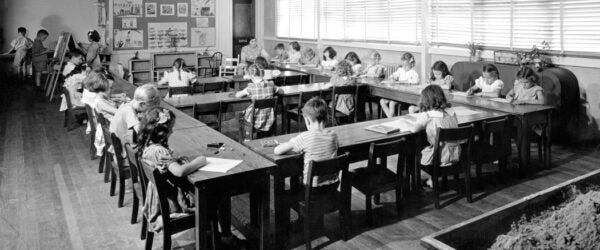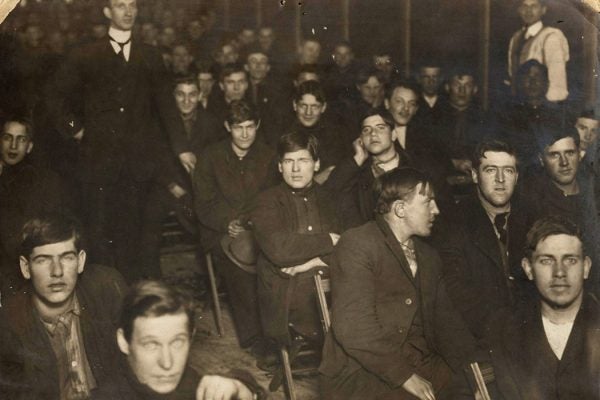Does Virtual Learning Work for Every Student?
Given Covid-19, schools have limited options for teaching kids. What’s working and not working in the era of online learning?
Paulo Freire’s Pedagogy of the Oppressed at Fifty
The Brazilian educator Paulo Freire’s book, first published in English 50 years ago, urges viewing students as interlocutors or partners in the learning process.
The Brooklyn College Farm Labor Project of the 1940s
The coronavirus pandemic left farmers falling back on students to pick crops. But it certainly wasn’t the first time.
How Black Communities Built Their Own Schools
Rosenwald schools, named for a philanthropist, were funded mostly by Black people of the segregated South.
Three Centuries of Distance Learning
We will probably remember 2020 as the time when distance education exploded. But the infrastructure that enabled this expansion was years in the making.
How Public Schools “Americanized” Hawai‘i
Colonial education administrators recruited teachers from the mainland, but soon realized another strategy was in order.
The End of Men, in 1870
In 1790, U.S. men were about twice as likely as U.S. women to be literate. But by 1870, girls were surpassing boys in public schools.
When Botany Was for Ladies
In nineteenth century America, young women took to studying botany—a conjoining of interest, social acceptance, and readily available schooling.
Teaching Race at School
Shaken by Nazi propaganda, educators tried to teach anti-racist lessons in the 30s-40s. Their methods, however, would be considered very problematic today.
The Hobo College of Hobohemia
Vagrancy laws targeted hobos at a time when there were few jobs for them. They responded by forming a union and helping to create Chicago’s Hobo College.
